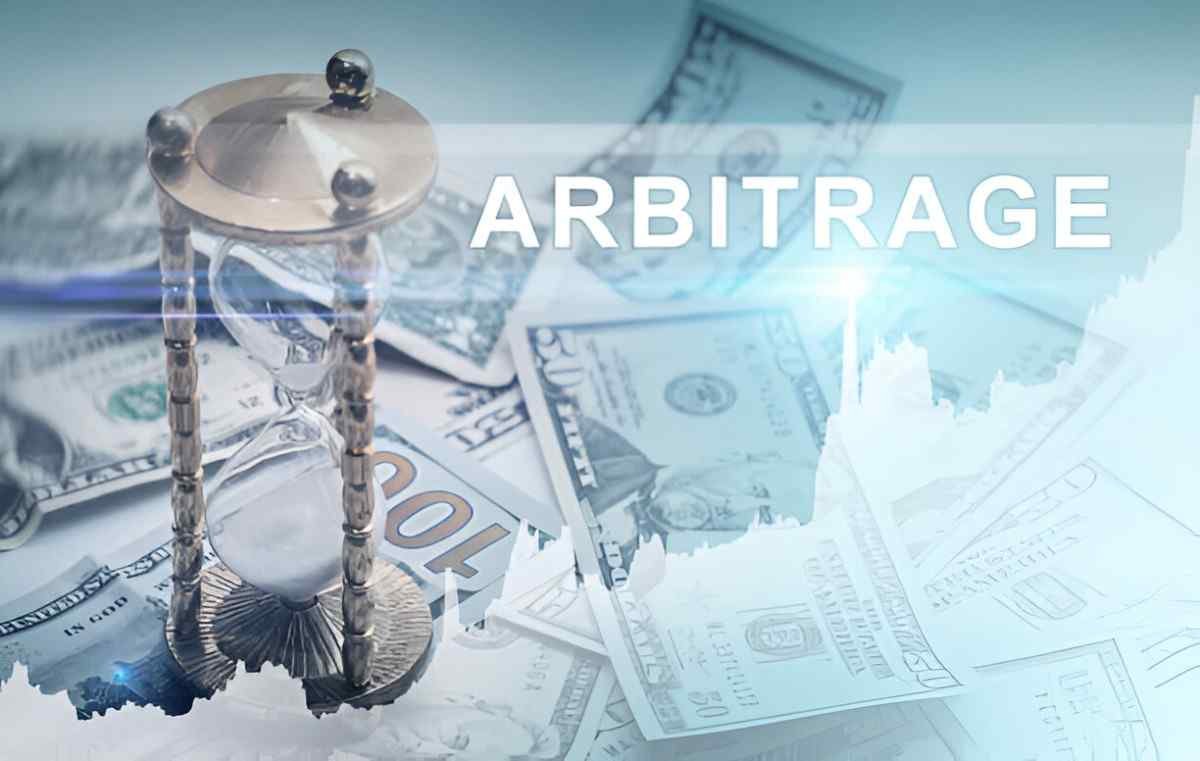Introduction
Capital structure arbitrage is an advanced trading strategy used primarily by hedge funds and institutional investors. The strategy hinges on pricing inefficiencies in a company’s capital structure, particularly between its equity and debt instruments. This article explores capital structure arbitrage theory, its mechanics, mathematical foundations, and real-world applications. I also examine key risks, limitations, and strategies to mitigate downside exposure.
Table of Contents
Understanding Capital Structure Arbitrage
At its core, capital structure arbitrage exploits the mispricing between different securities issued by the same company. Investors take long positions in undervalued instruments while simultaneously short-selling overvalued ones. Typically, this strategy involves corporate bonds and equity derivatives.
Key Premises of Capital Structure Arbitrage
- Efficient Market Hypothesis (EMH) Gaps – The strategy assumes that market inefficiencies exist within a firm’s capital structure.
- Structural Relationship Between Debt and Equity – Equity holders own a call option on the firm’s assets, while debt holders face credit risk. When equity prices fall, credit spreads widen.
- Market Dislocations – External shocks, liquidity crises, and sentiment-driven price movements create arbitrage opportunities.
Theoretical Foundation: Merton’s Structural Model
The theoretical underpinning of capital structure arbitrage is derived from Robert Merton’s 1974 model. This model treats a firm’s debt as a short put option on its assets, given that equity is a call option.
Merton’s Model Formulation:
V_A = V_E + V_Dwhere:
- V_A = V_E + V_D \quad \text{where } V_A = \text{Total asset value of the firm}, \, V_E = \text{Equity value}, \, V_D = \text{Debt value}
The probability of default is computed as: Pdefault=P(VA<D)P_{default} = P(V_A < D) where DD represents the debt obligation.
By applying the Black-Scholes-Merton framework, we estimate default probabilities and mispricing between debt and equity markets.
Practical Execution of Capital Structure Arbitrage
Hedge funds deploy this strategy using credit default swaps (CDS), convertible bonds, and stock options. The fundamental approach involves the following steps:
- Identify Pricing Anomalies – Use credit models like the Distance-to-Default (DtD) metric.
- Take Offset Positions – Buy undervalued debt and short overvalued equity (or vice versa).
- Hedge Systemic Risk – Use interest rate swaps or other derivatives.
- Exit Strategy – Liquidate positions when prices converge.
Example Calculation
Consider a firm with:
- Equity Market Cap: $2 billion
- Outstanding Debt: $3 billion
- Implied Asset Volatility: 30%
- Risk-Free Rate: 2%
Using Merton’s model, we calculate the default probability and implied credit spread. If the equity market undervalues the firm while bond spreads widen disproportionately, an arbitrageur might short the stock and buy its bonds.
Risk Factors in Capital Structure Arbitrage
| Risk Factor | Description |
|---|---|
| Model Risk | Merton’s model relies on assumptions that may not hold in real markets. |
| Liquidity Risk | Debt markets can become illiquid, making it hard to exit trades. |
| Counterparty Risk | CDS contracts introduce credit exposure to counterparties. |
| Regulatory Risk | Changes in financial regulations can impact arbitrage strategies. |
| Unexpected Volatility | Macro events can distort relationships between debt and equity. |
Market Conditions Favoring Capital Structure Arbitrage
This strategy works best in environments with:
- High Market Volatility – Large swings create pricing inefficiencies.
- Sector-Specific Distress – Industries with declining fundamentals offer mispricing.
- Credit Market Disruptions – Sudden spikes in credit spreads provide arbitrage entry points.
Conclusion
Capital structure arbitrage is a sophisticated strategy requiring deep quantitative analysis, market expertise, and disciplined risk management. While the strategy can yield high returns, it is not without its risks. By understanding theoretical models, pricing inefficiencies, and execution mechanics, traders can effectively capitalize on opportunities in corporate capital structures.





